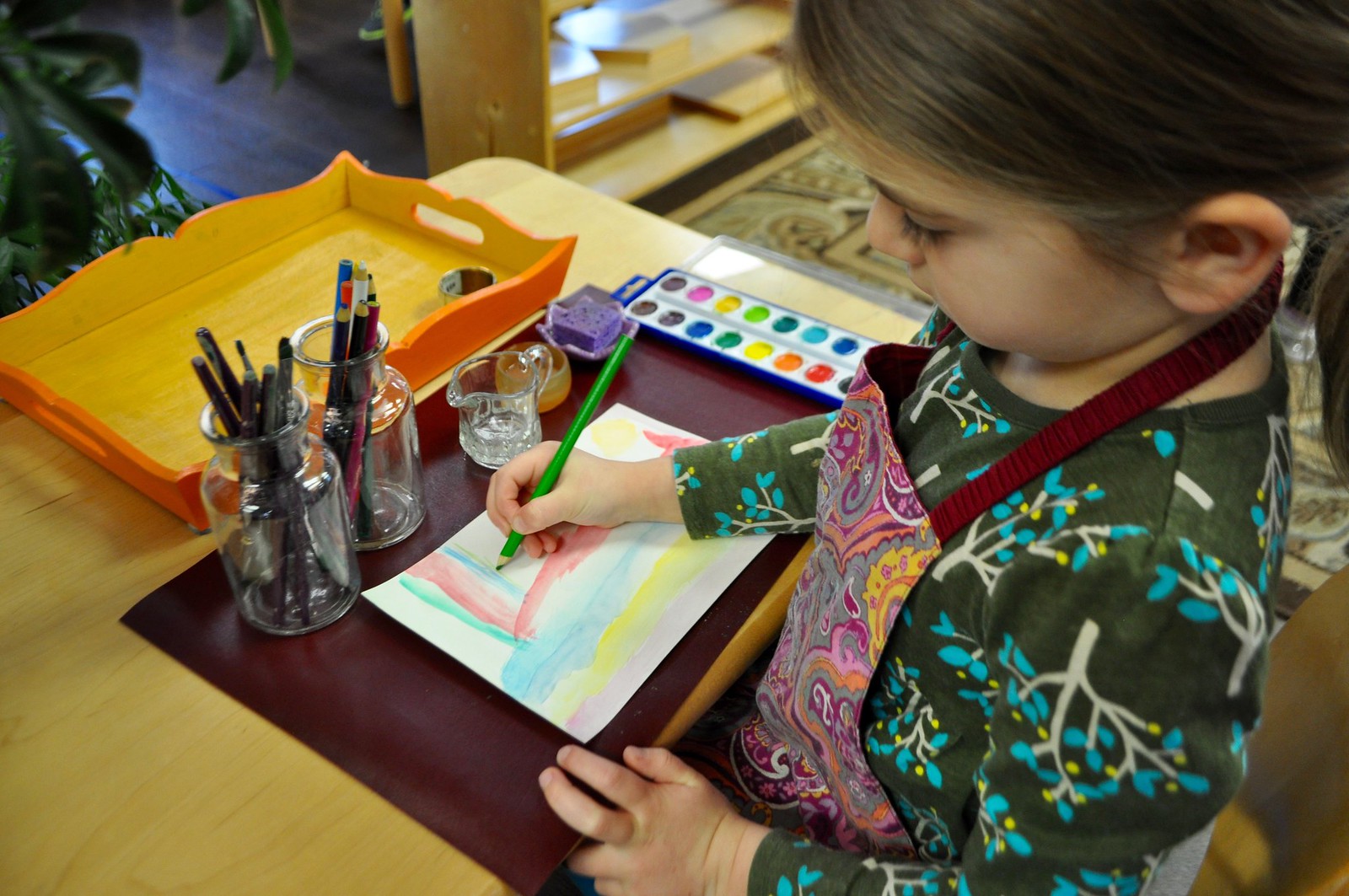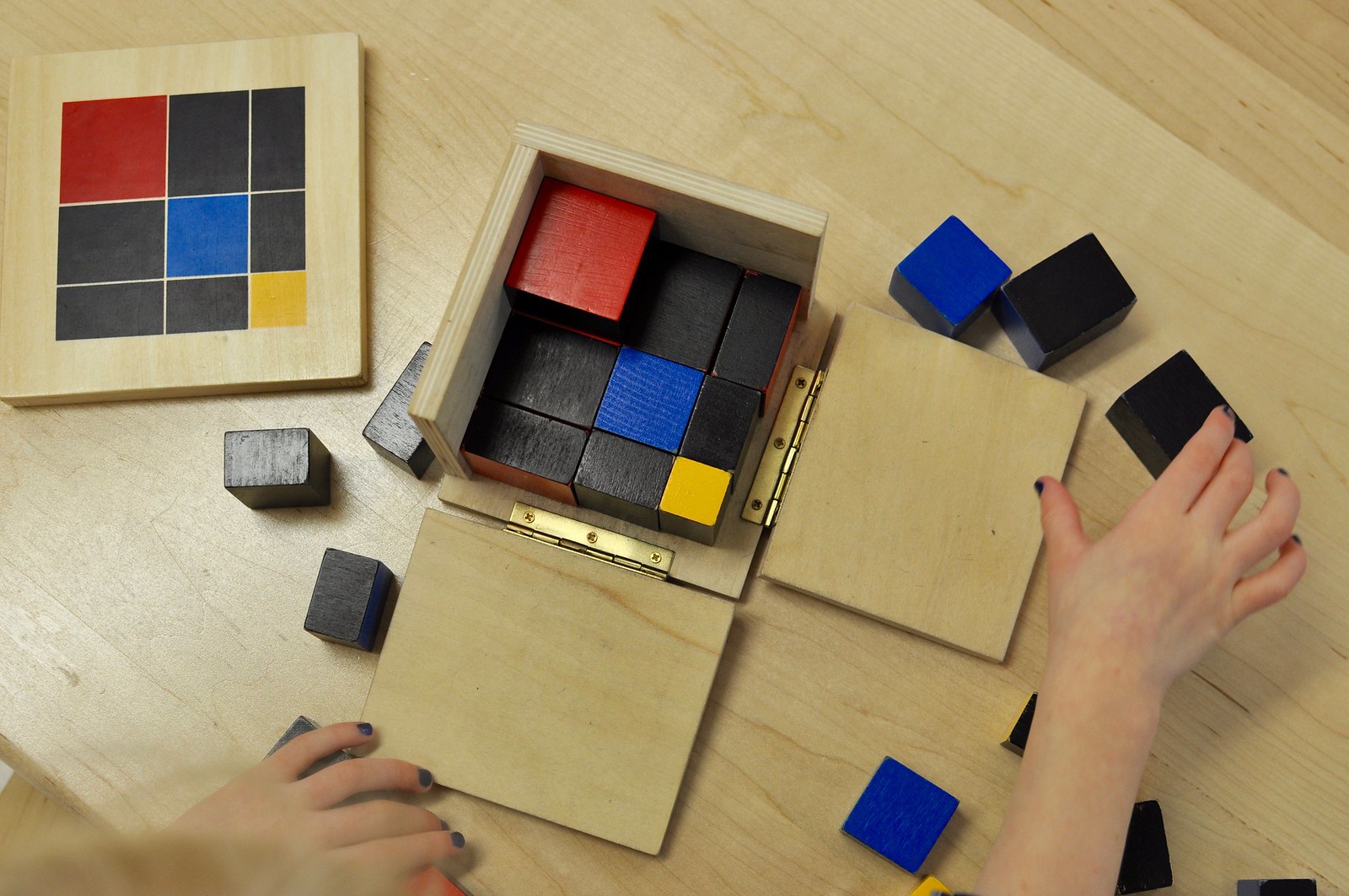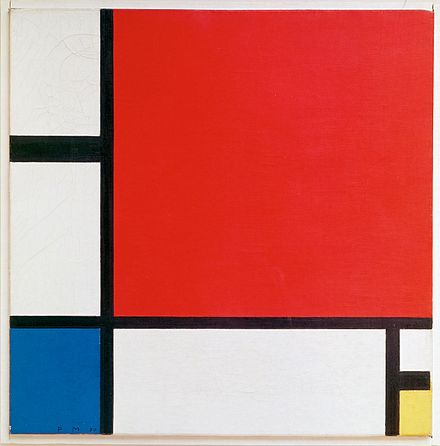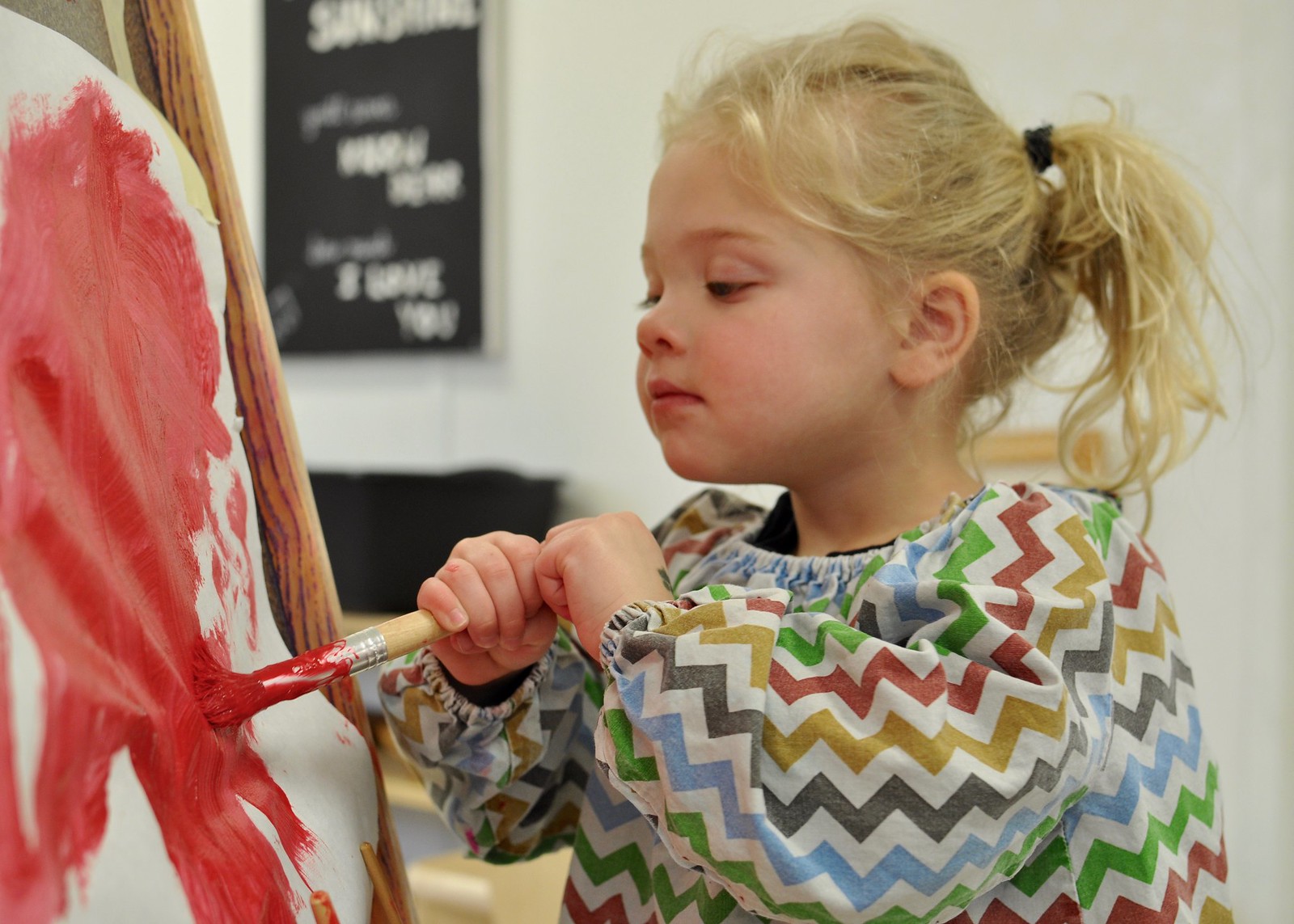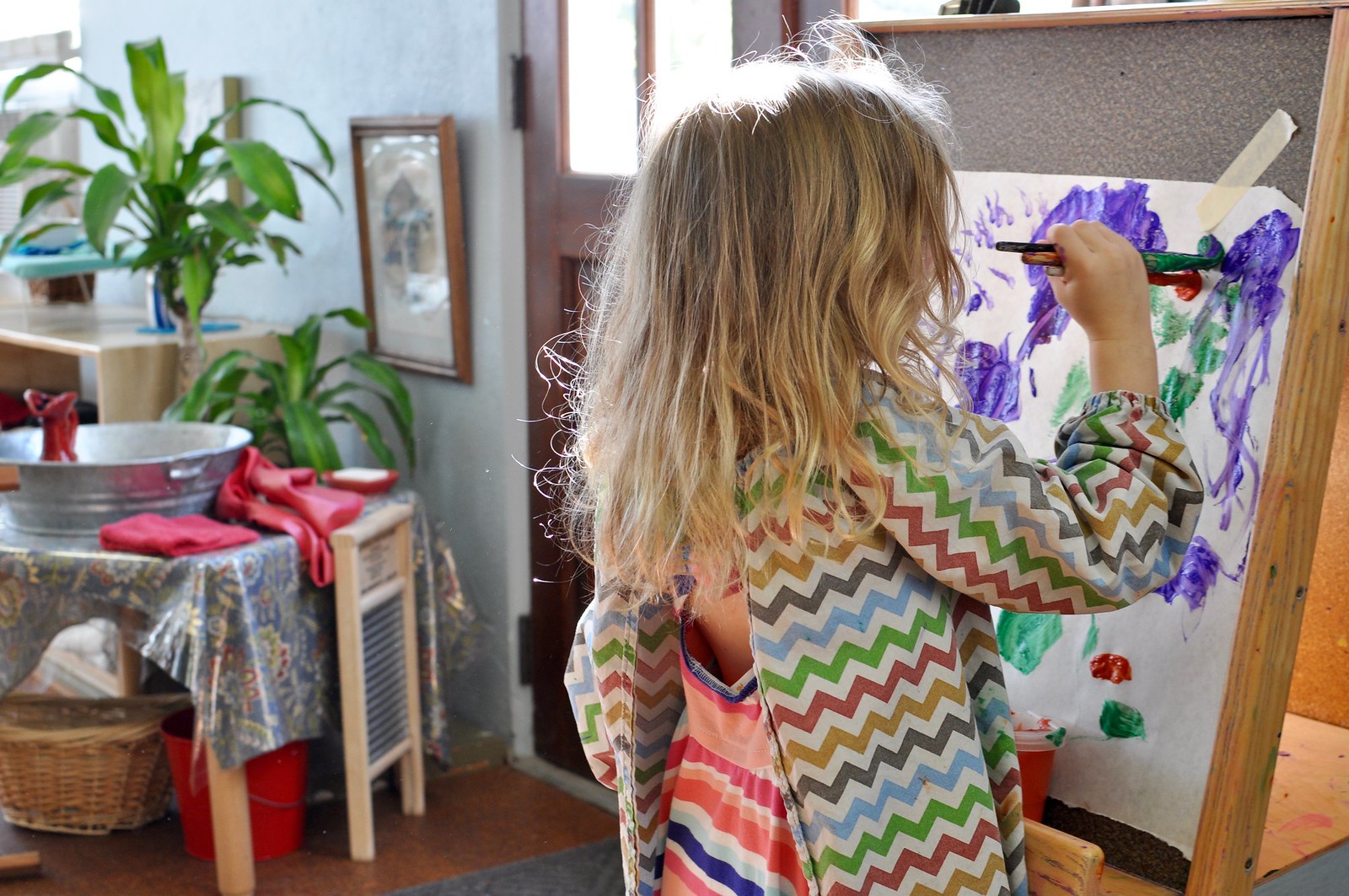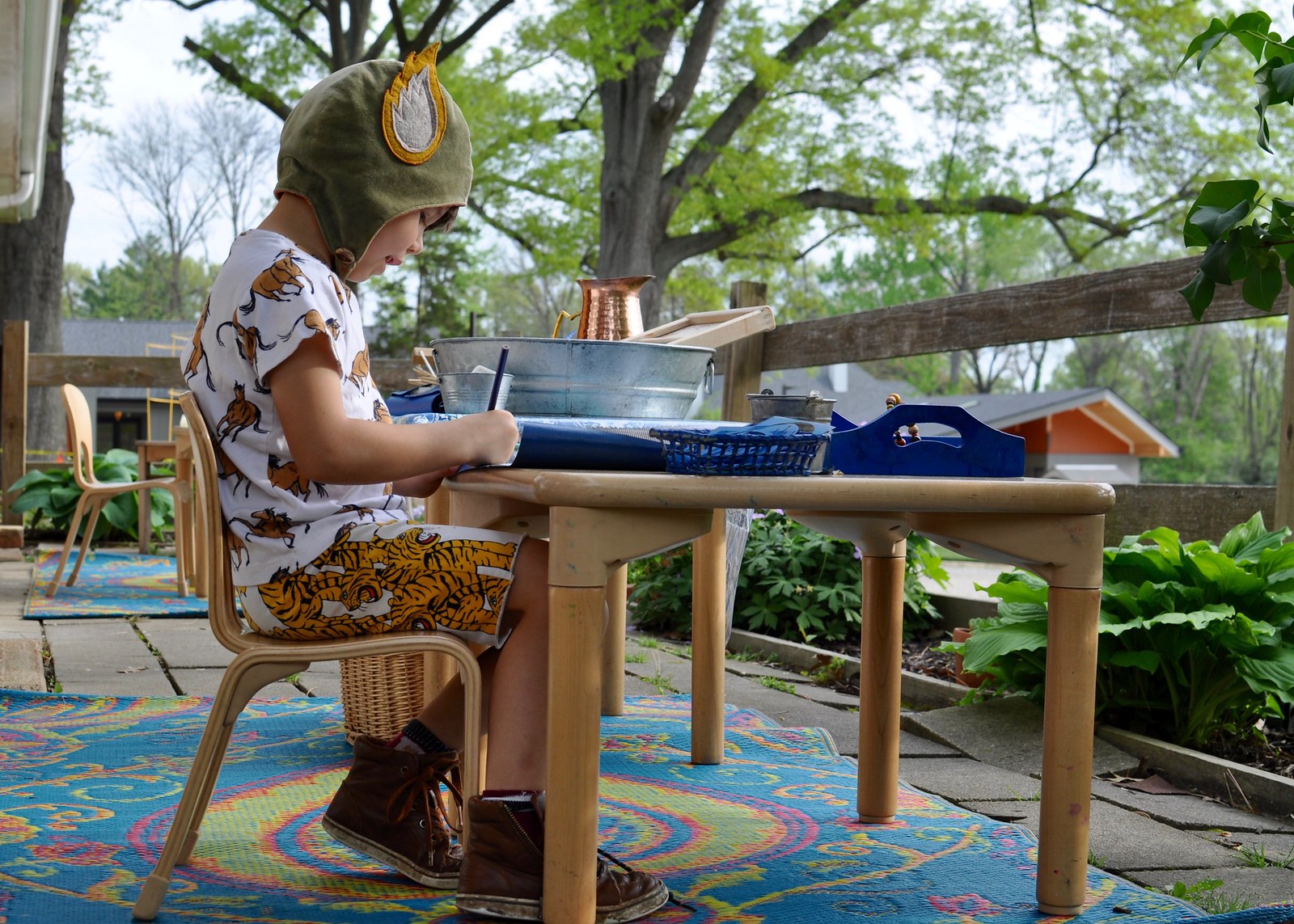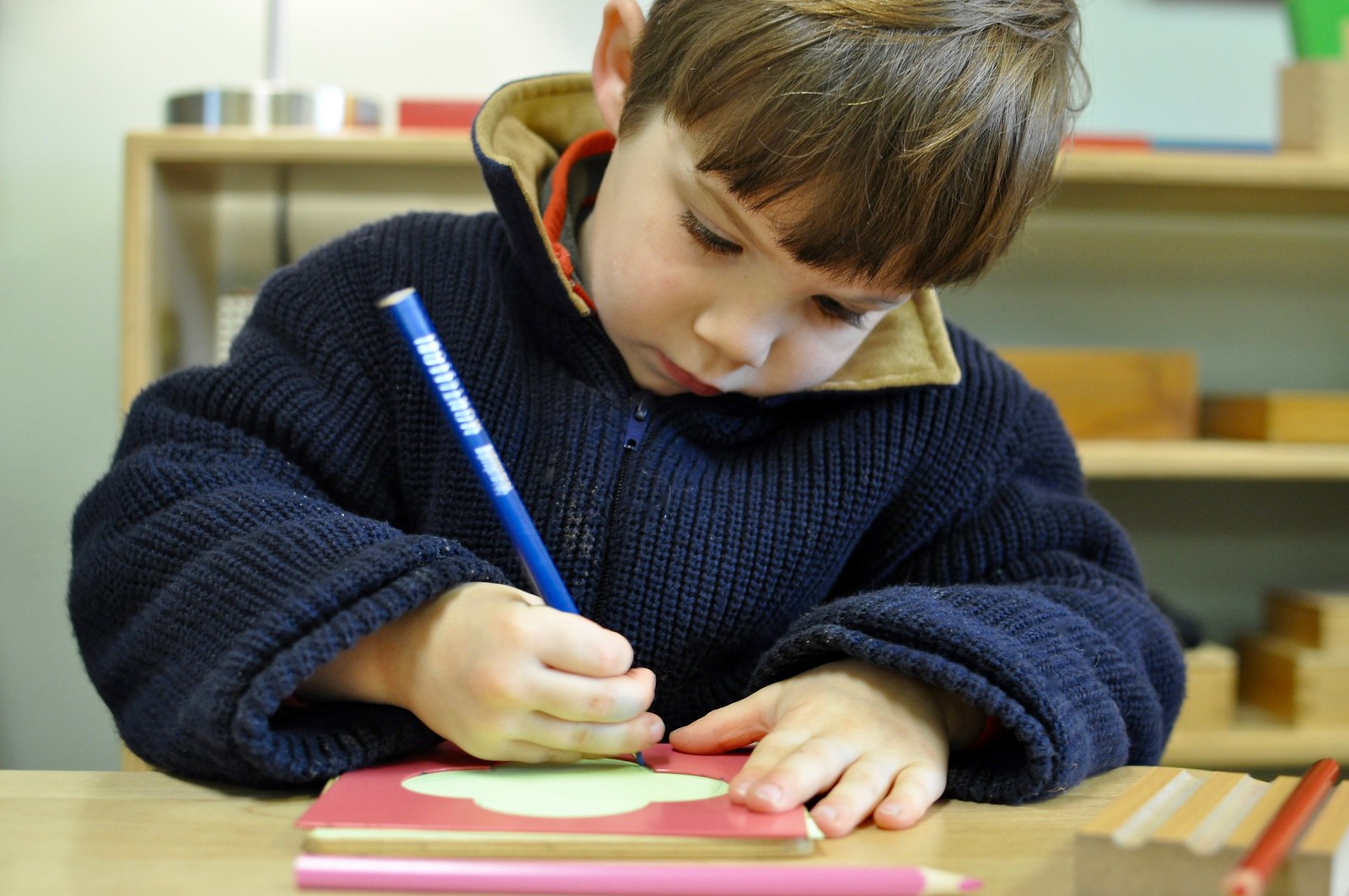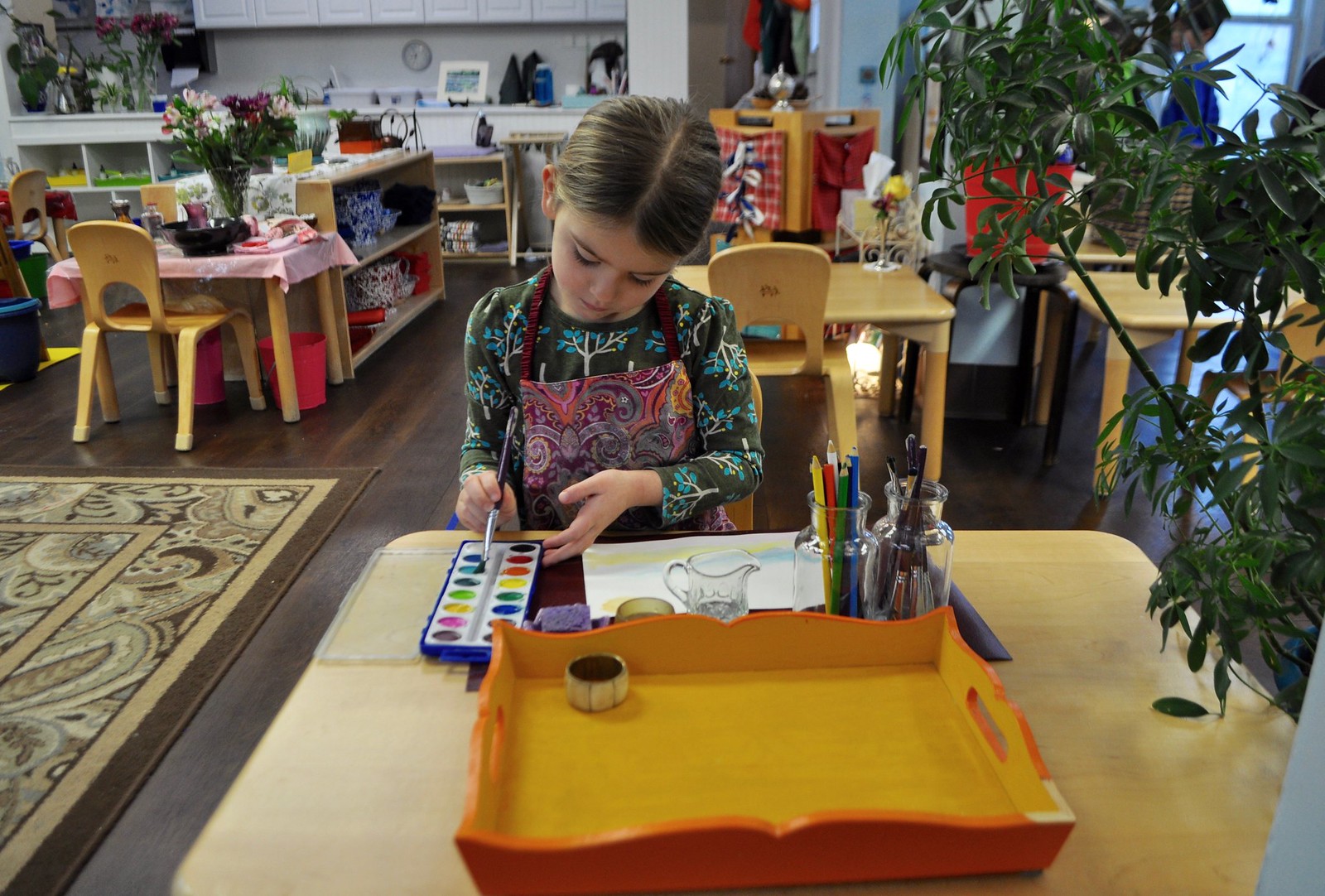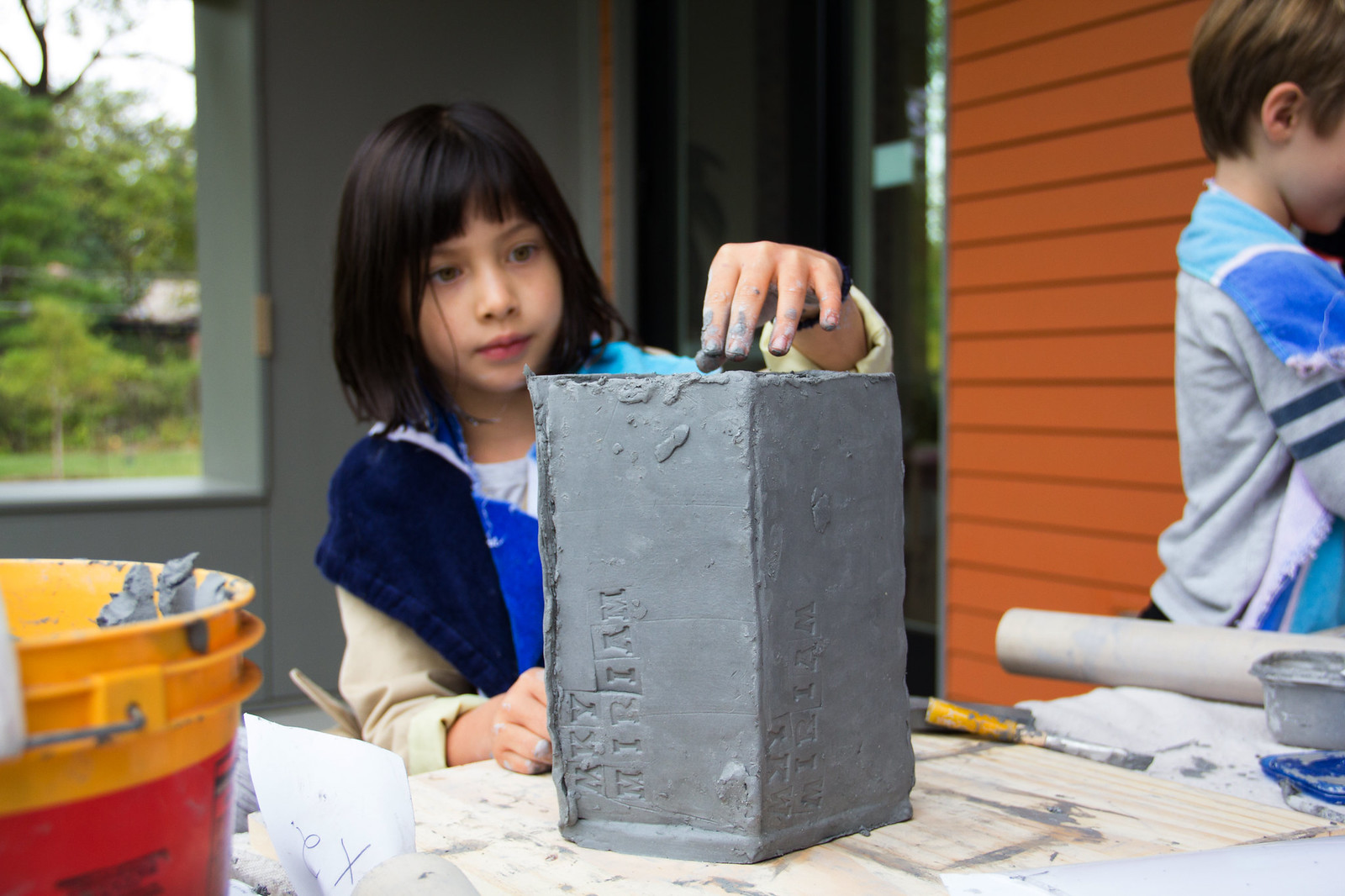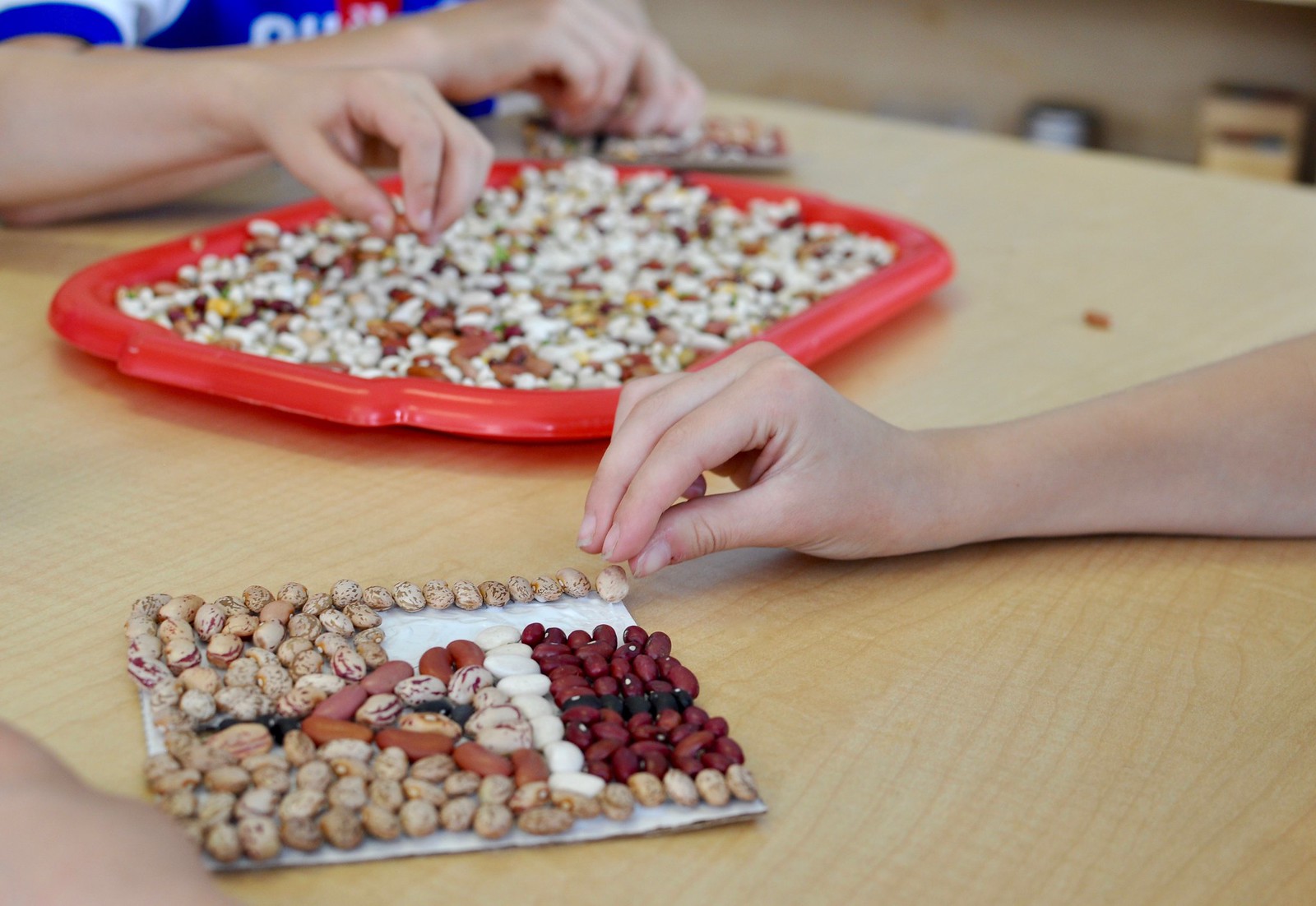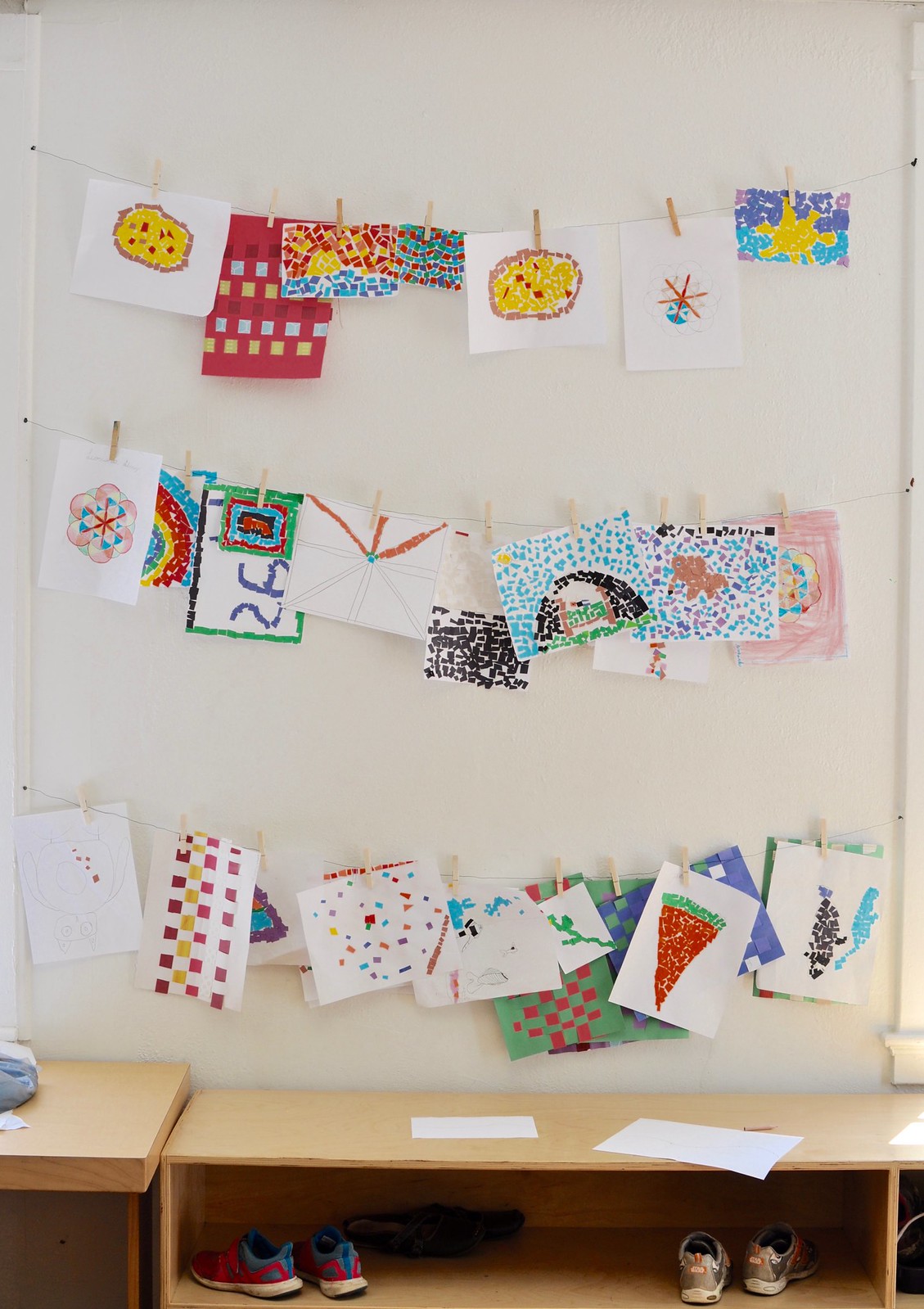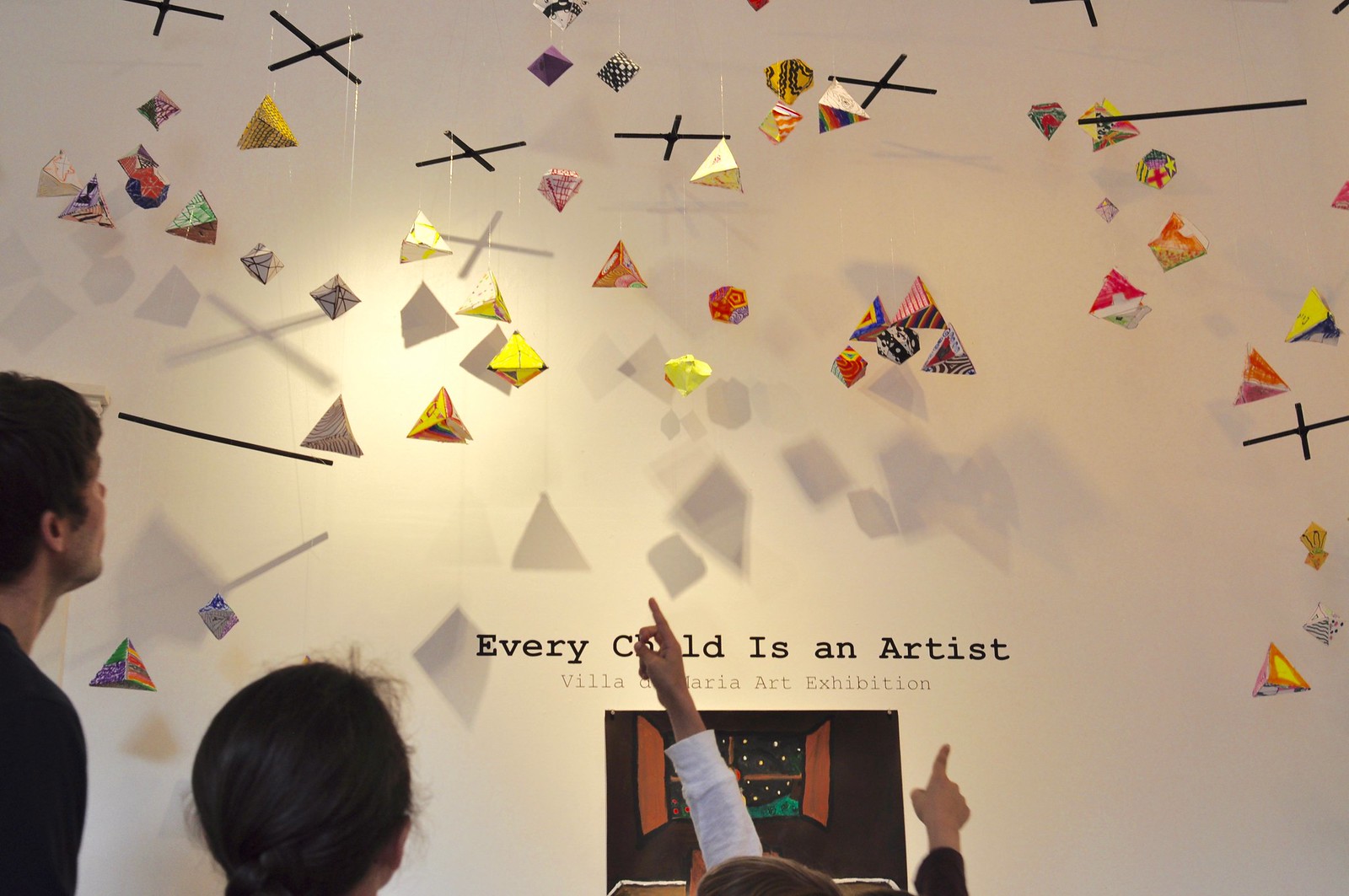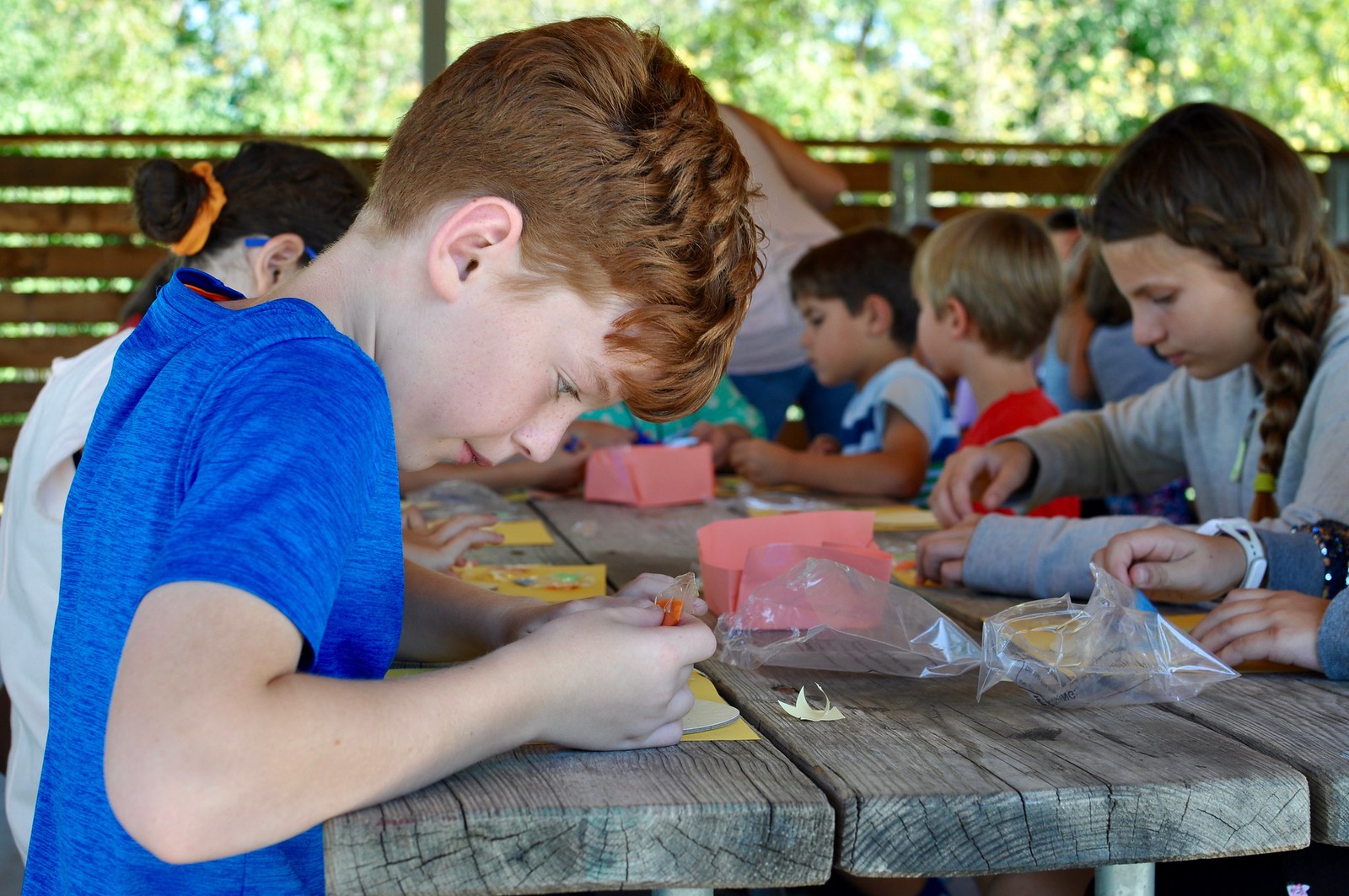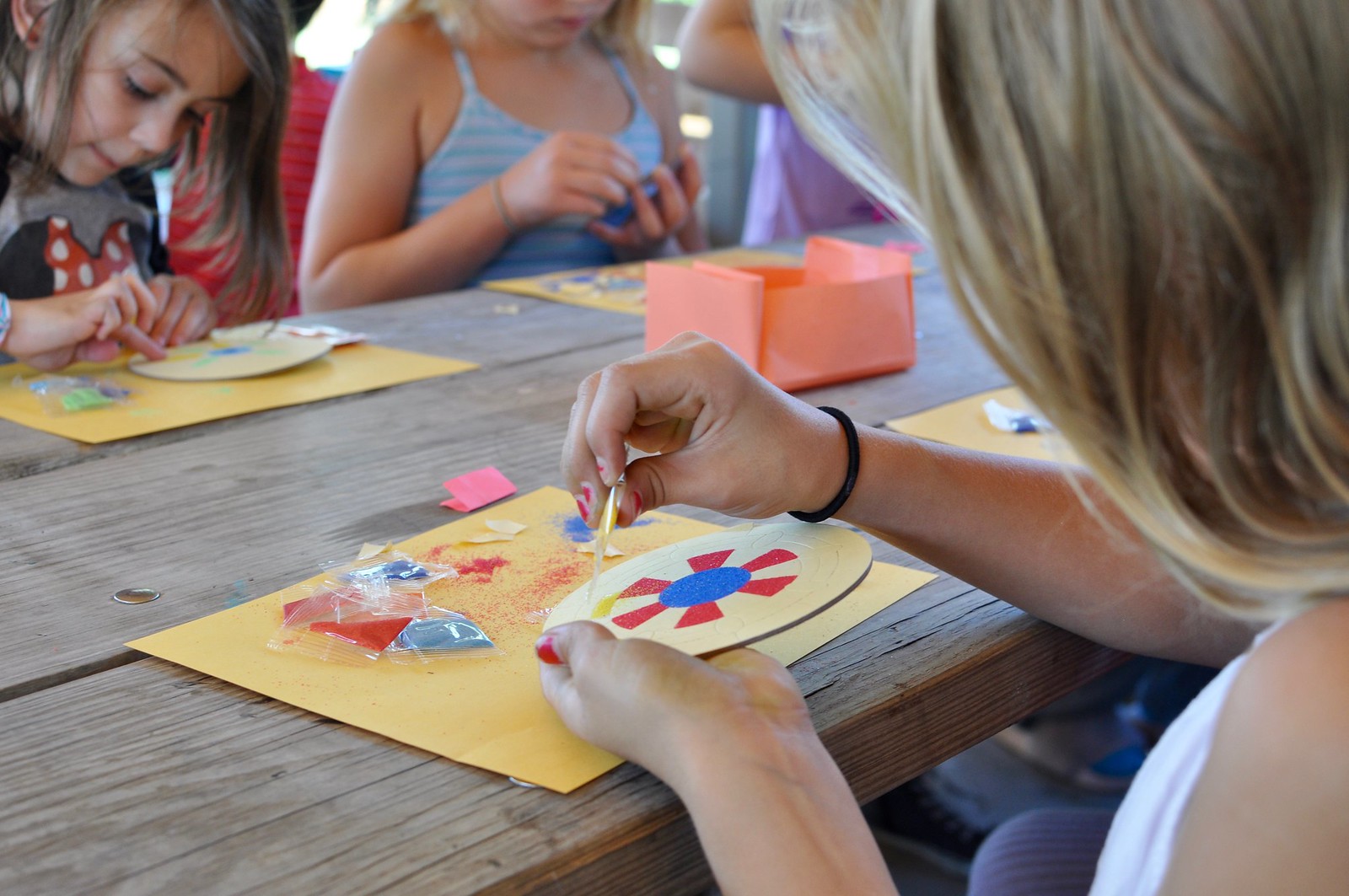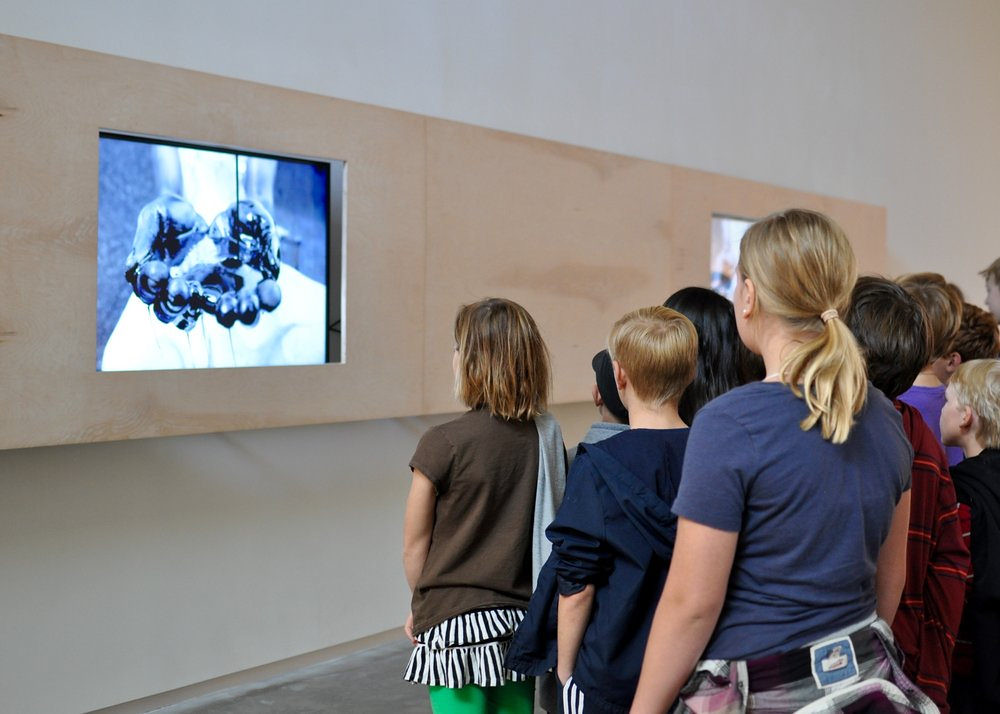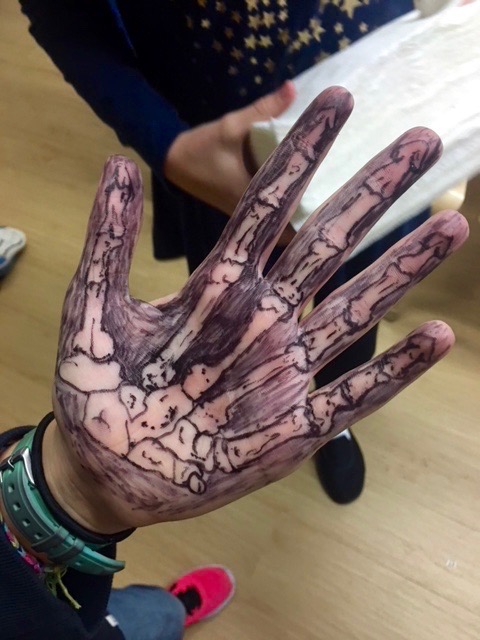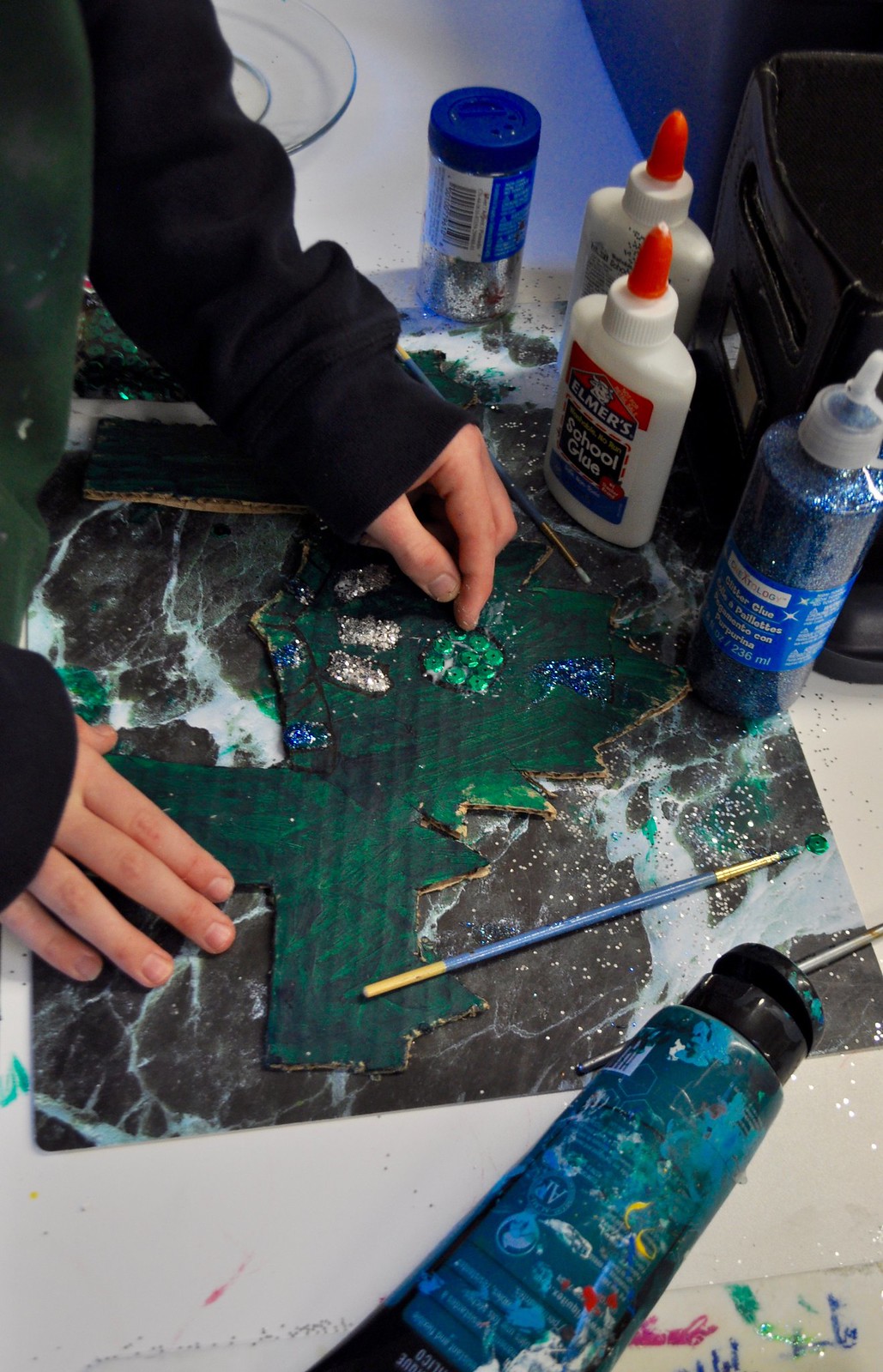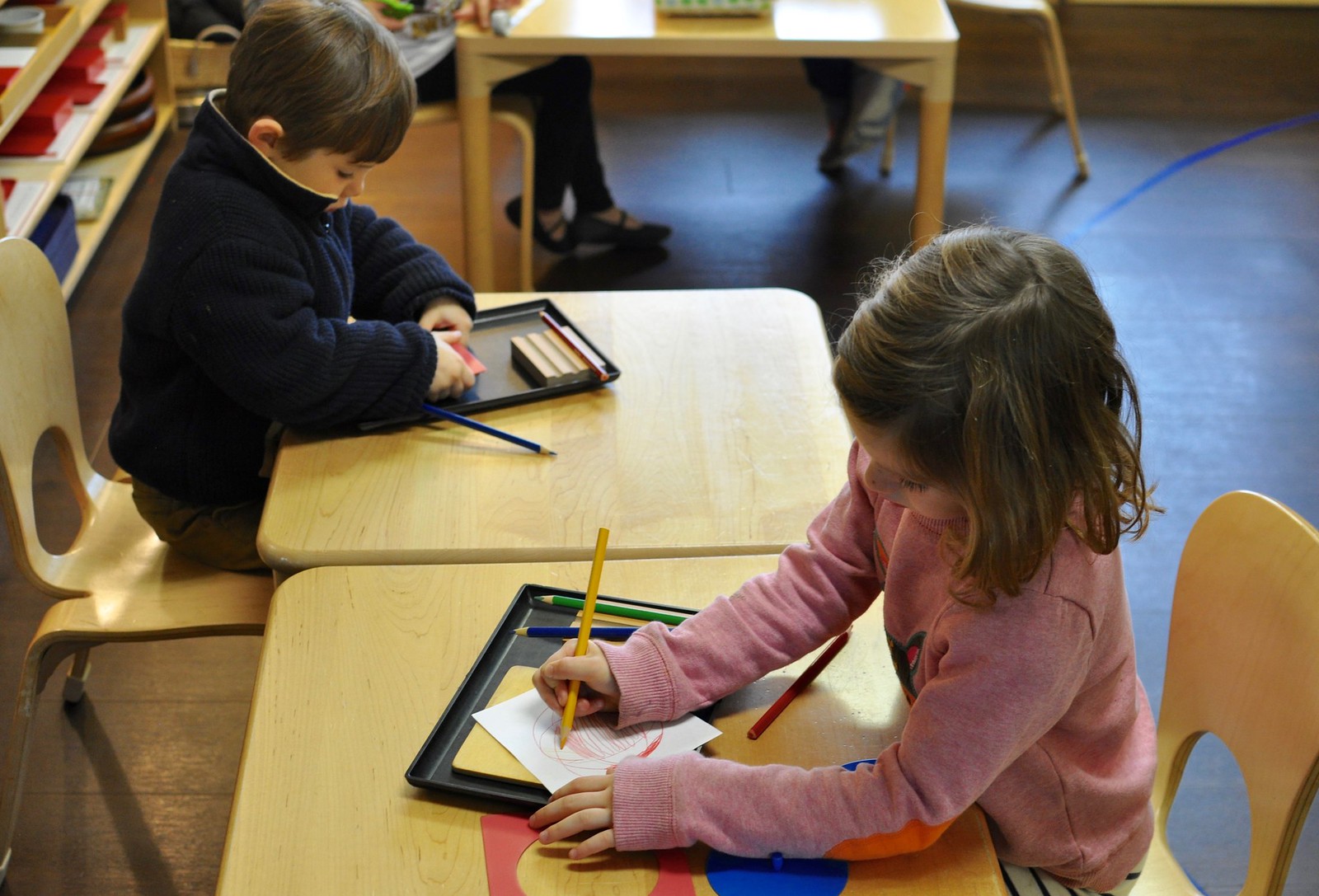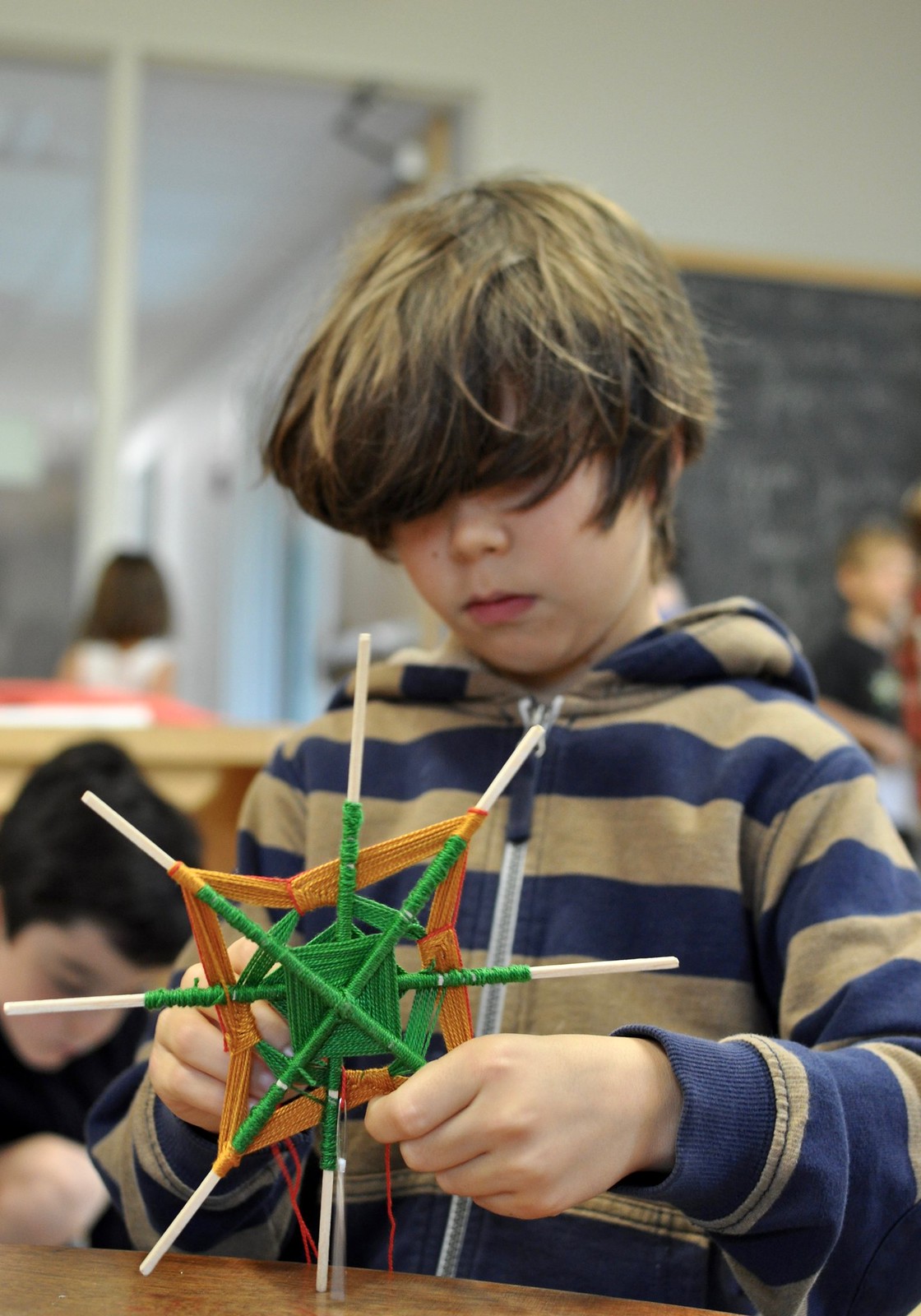 In the regular hustle and bustle of life, it is easy to overlook and even take for granted the basic reasons for why we are here. Here, in this magical place that is Villa di Maria, but more broadly, here, a part of the Montessori world. Entering into the slower, colder months, let us reflect upon just how extraordinary Montessori education is, how lucky we are to be a part of the broader picture, and why we choose, year after year, this particular path. Below, Upper Elementary Directress Rebecca Callendar shares her "Montessori Top 10 List," putting into beautiful words why Montessori education is so effective, wonderful, and amazing. Thank you, Rebecca, for sharing!
In the regular hustle and bustle of life, it is easy to overlook and even take for granted the basic reasons for why we are here. Here, in this magical place that is Villa di Maria, but more broadly, here, a part of the Montessori world. Entering into the slower, colder months, let us reflect upon just how extraordinary Montessori education is, how lucky we are to be a part of the broader picture, and why we choose, year after year, this particular path. Below, Upper Elementary Directress Rebecca Callendar shares her "Montessori Top 10 List," putting into beautiful words why Montessori education is so effective, wonderful, and amazing. Thank you, Rebecca, for sharing! 1. Developmentally AppropriateMontessori education is designed to meet the developmental needs of your child, allowing for age-appropriate learning to take place. In the elementary, this means allowing for group work, development of imagination and moral awareness, great work, and academic rigor throughout the day. Montessori also provides individualized learning for each child, honoring each child’s specific needs. The teacher works closely with each child to determine readiness for new material--we follow the child.
1. Developmentally AppropriateMontessori education is designed to meet the developmental needs of your child, allowing for age-appropriate learning to take place. In the elementary, this means allowing for group work, development of imagination and moral awareness, great work, and academic rigor throughout the day. Montessori also provides individualized learning for each child, honoring each child’s specific needs. The teacher works closely with each child to determine readiness for new material--we follow the child.

2. Continuity of TeachingMontessori teachers genuinely love and care for your children. We undergo intensive training to ensure that we consider each child individually. At Villa di Maria, the teachers hold AMI diplomas and have studied the same coursework and philosophies for each level. As a result, we share the same core curriculum, prepared environments, and teaching values throughout each age level. This continuity allows for seamless transition from classroom to classroom. As teachers, we also value our relationship with parents, our peers and our community--our classroom is our home.


3. Depth and Breadth of CurriculumAt its core, the plan for the education of the elementary child, deemed “Cosmic Education,” is comprehensive in all subjects. As an educational system, at 100+ years old, the content itself is timeless, only needing to be tweaked for cultural relevance and scientific advances. It incorporates remedial learning, first through sixth grade studies, and beyond, exceeding state curriculum by many grade levels. The curriculum is cross-curricular and encourages exploration in differing subject areas simultaneously. All subject areas are presented with equal importance and therefore are of equal value to the child. This allows the child to use art to explore math or math to explore art. Further, the material allows for deepened exploration across the years in school at Villa di Maria. The binomial cube is introduced in the primary classroom on a sensorial level and is reintroduced on a mathematical level in the elementary room.


4. Learning ApproachUnique to Montessori, our method of teaching inspires children’s imagination and encourages follow-up work, allowing for meaningful engaged work, which results in self-directed learning and a natural evolution of concept assimilation. We do this by presenting in short lessons, allowing the child to repeat the work afterward. These short lessons offer stepping stones toward mastery. When the child shows readiness, we build off of previous lessons by introducing new concepts. Lessons are given in small groups to meet the needs of each child and allow the children to discuss their findings with each other, to learn from one another. Children learn by means of story-telling and charts and by Montessori materials. Both ways offer visual and tactile impressions of content, allowing the child to comprehend a concept on many levels. We also value accountability and task organization, showing children how to keep a work journal, and we hold weekly work conferences.

5. Prepared EnvironmentHallmark to a successful Montessori classroom is the prepared environment, which includes Montessori materials for all subject areas, a basic library from which the children explore mentally, and a practical life component of cleaning tools and paper and art supplies. There are plants, animals, and breakable things inside the room, which require great care and respect. The scientific apparatus is real and invokes a sense of reverence and connects the child to the adult world. The room is a calm and beautiful place in which the children co-exist and feel connected to. The room is limited in scope, which creates the need for children to leave the classroom, to go on “Going Outs.” A Going Out is not a field trip, but a small group outing which allows the children to research a topic in the “real world” with an expert in the field.

6. Freedom and ResponsibilityParamount to a child’s success, the Montessori elementary offers children freedom of choice. The elementary aged child is developing their sense of responsibility, moral awareness, and sense of belonging to a group. They are consumed by issues of fairness and right and wrong, but also want to feel connected to their peers. To help the child understand community and develop a sense of responsibility for work choices and begin to extrapolate into the greater issues of history, we offer children many freedoms in the classroom. These can be freedom to make work choices, freedom to move, freedom to choose work partners, freedom to choose research. It is then the responsibility of the child to carry out their choice and be responsible for any transgressions which may occur along the way--we employ logical consequences and allow children to learn from their mistakes. With freedom comes responsibility.

8. No HomeworkWe value a child’s time and feel that academic learning is best suited for the classroom. Children work very hard in the classroom and are challenged emotionally, physically, and academically for 7+ hours each day. Most homework in traditional schools is busy-work or contains material that the child could have learned in school, if school had given them the chance to learn the material. Further, rest is an important factor in skill acquisition. By allowing the content of the day to rest in the mind of the child, the brain can begin to process the information at the same rate as if the child were doing the homework itself. Also, we feel that family life is of equal value to the child’s school life and want the child to stay connected at home.
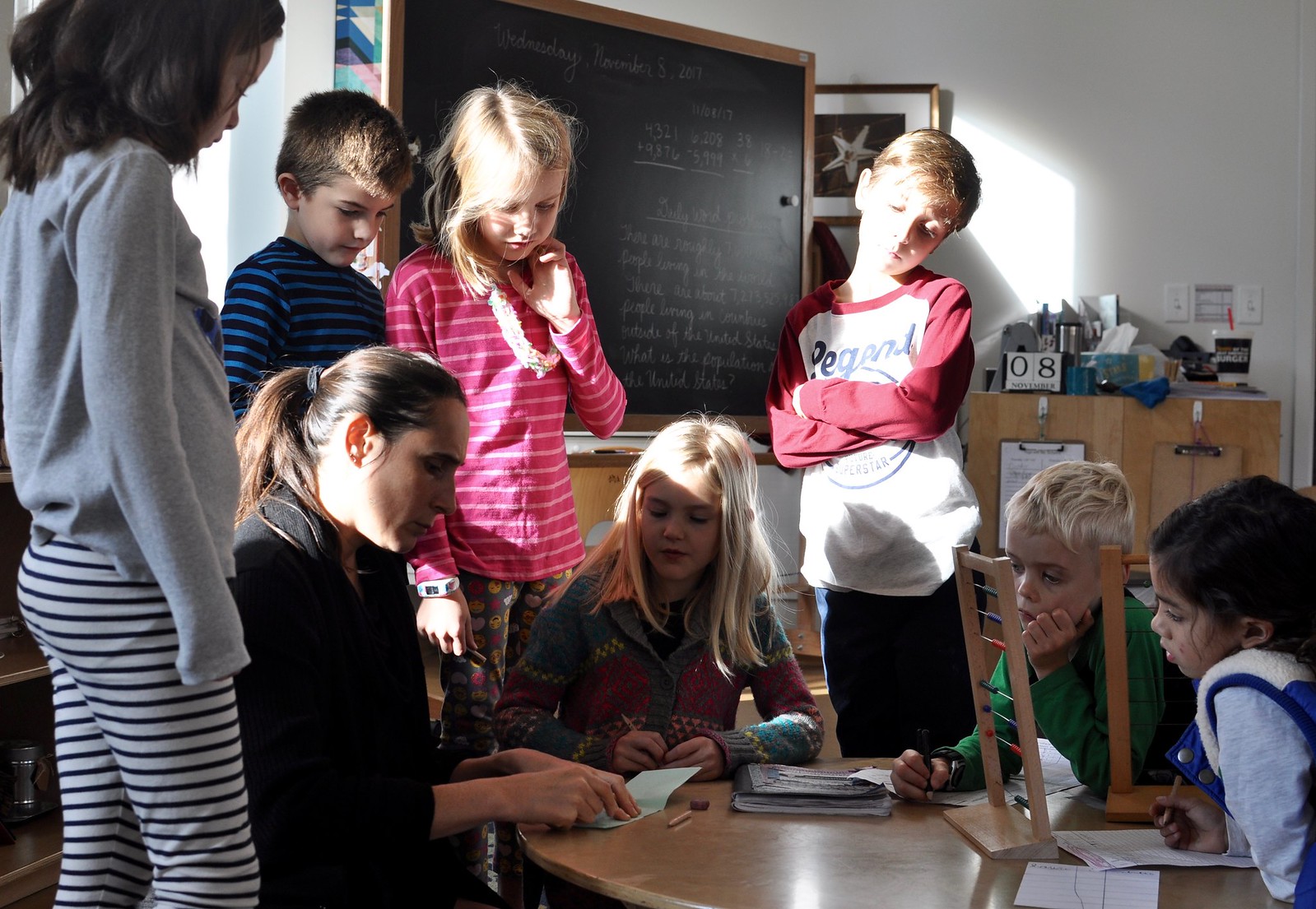
9. Education for LifeA Montessori education provides children with many outcomes including depth of comprehension, love of learning, self-motivation, self-confidence, independence, life skills, study skills, interpersonal skills, and academic excellence. Montessori graduates remain curious and engaged lifelong learners.

10. Education for PeaceMontessori education fosters a deep respect for all human beings on earth, no matter what their background, belief, or status. Montessori education cultivates a deep connection to the world and the environment. A Montessori child is a steward to every living thing on earth. As a result, the child is deeply peaceful and then can help to fulfill Dr. Montessori’s vision for a world where peace, love, and respect reigns supreme.

Thank you, again, Rebecca, for sharing your Top 10 list!
We are so grateful for each and every one of you, and hope you have a wonderful holiday break. See you next year!
 While each of the classrooms celebrated Valentine's Day yesterday (and we'll feature a couple of the special events from the Elementary soon), the Children's House classrooms really went all out! Enjoy lots and lots of photos below.
While each of the classrooms celebrated Valentine's Day yesterday (and we'll feature a couple of the special events from the Elementary soon), the Children's House classrooms really went all out! Enjoy lots and lots of photos below.  P3 began the celebration by reading Pete the Cat: Valentine's Day is Cool, by James and Kimberly Dean. Reading is a big deal in Montessori, and Valentine's Day is no exception! Plus, it tends to help children transition between a work cycle and a different activity- in this case, a celebration!
P3 began the celebration by reading Pete the Cat: Valentine's Day is Cool, by James and Kimberly Dean. Reading is a big deal in Montessori, and Valentine's Day is no exception! Plus, it tends to help children transition between a work cycle and a different activity- in this case, a celebration!
 Children brought homemade Valentine's boxes to collect special messages from their friends. Every year we are so impressed by the creative energy the children put into making their boxes!
Children brought homemade Valentine's boxes to collect special messages from their friends. Every year we are so impressed by the creative energy the children put into making their boxes!

 P1 enjoyed special treats, including fruit kabobs, trail mix, and a couple of sweet treats!
P1 enjoyed special treats, including fruit kabobs, trail mix, and a couple of sweet treats!


 P3 had grapes, heart-shaped rice crispy treats, and chocolate covered strawberries.
P3 had grapes, heart-shaped rice crispy treats, and chocolate covered strawberries.



 In P2, the children were in charge of putting together and serving the plates, including heart-shaped cheese slices, heart-shaped cherry tomatoes, chocolate-covered strawberries, and grapes.
In P2, the children were in charge of putting together and serving the plates, including heart-shaped cheese slices, heart-shaped cherry tomatoes, chocolate-covered strawberries, and grapes.






 Class pets Frida and Rosa were the stars of the show in P1, making their appearance on special Valentine's Day cards handed out to each child by the Guide and Assistant.
Class pets Frida and Rosa were the stars of the show in P1, making their appearance on special Valentine's Day cards handed out to each child by the Guide and Assistant. Each child took turns passing out their special notes to their friends. These children are so good at waiting... must be something about Montessori!
Each child took turns passing out their special notes to their friends. These children are so good at waiting... must be something about Montessori!
 ... And of course, the best part: checking out all the cards and treats from friends! It was a great day at Villa di Maria.
... And of course, the best part: checking out all the cards and treats from friends! It was a great day at Villa di Maria.
 We hope you enjoy your long weekend, and Happy belated Valentine's Day from all of us at Villa di Maria!
We hope you enjoy your long weekend, and Happy belated Valentine's Day from all of us at Villa di Maria!












